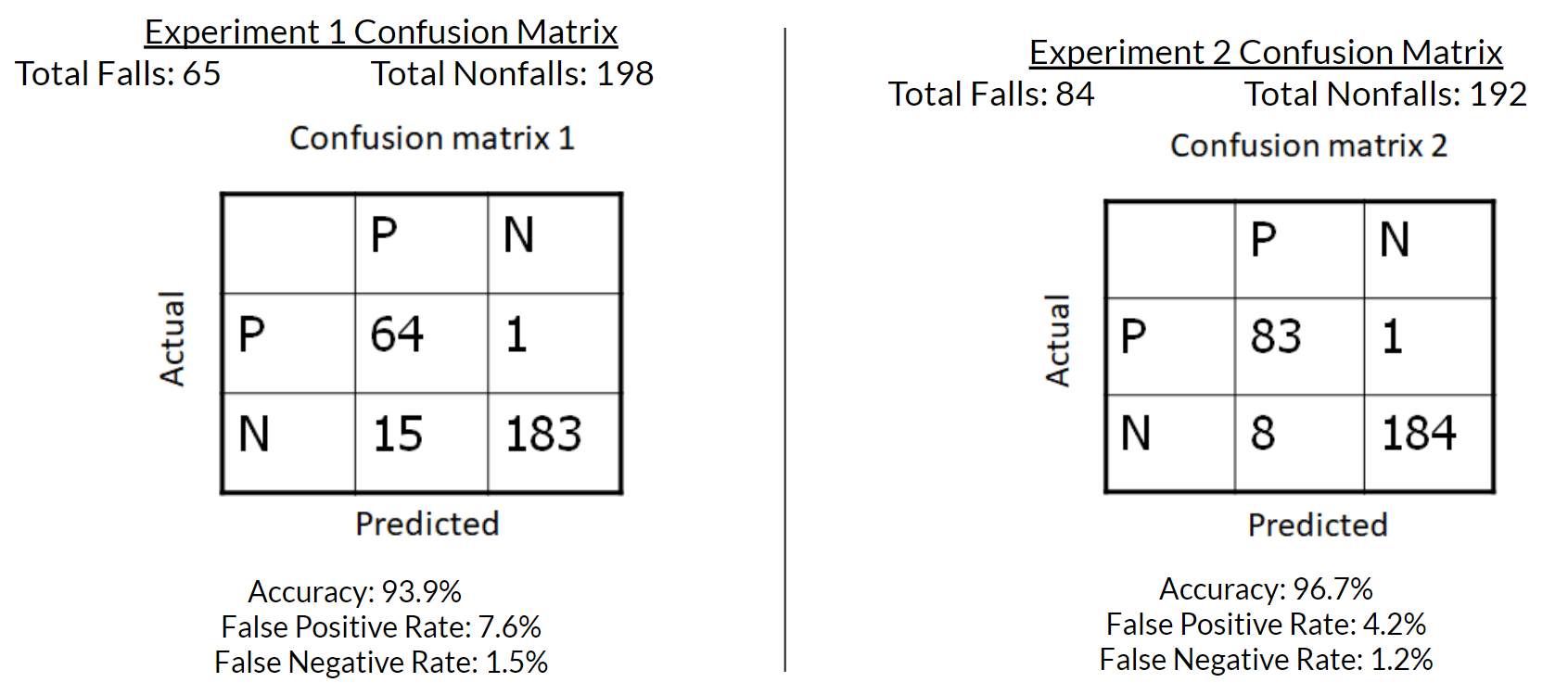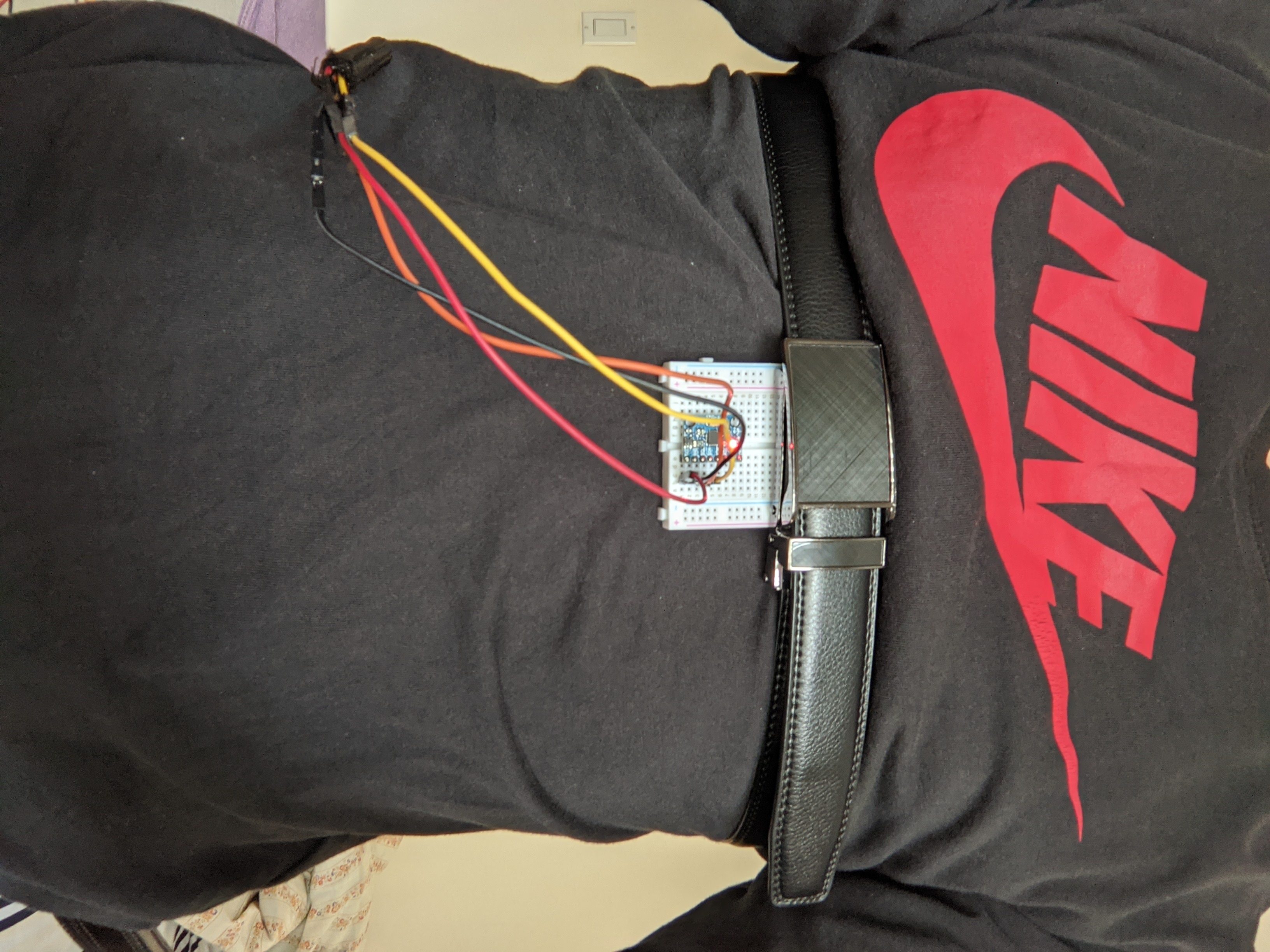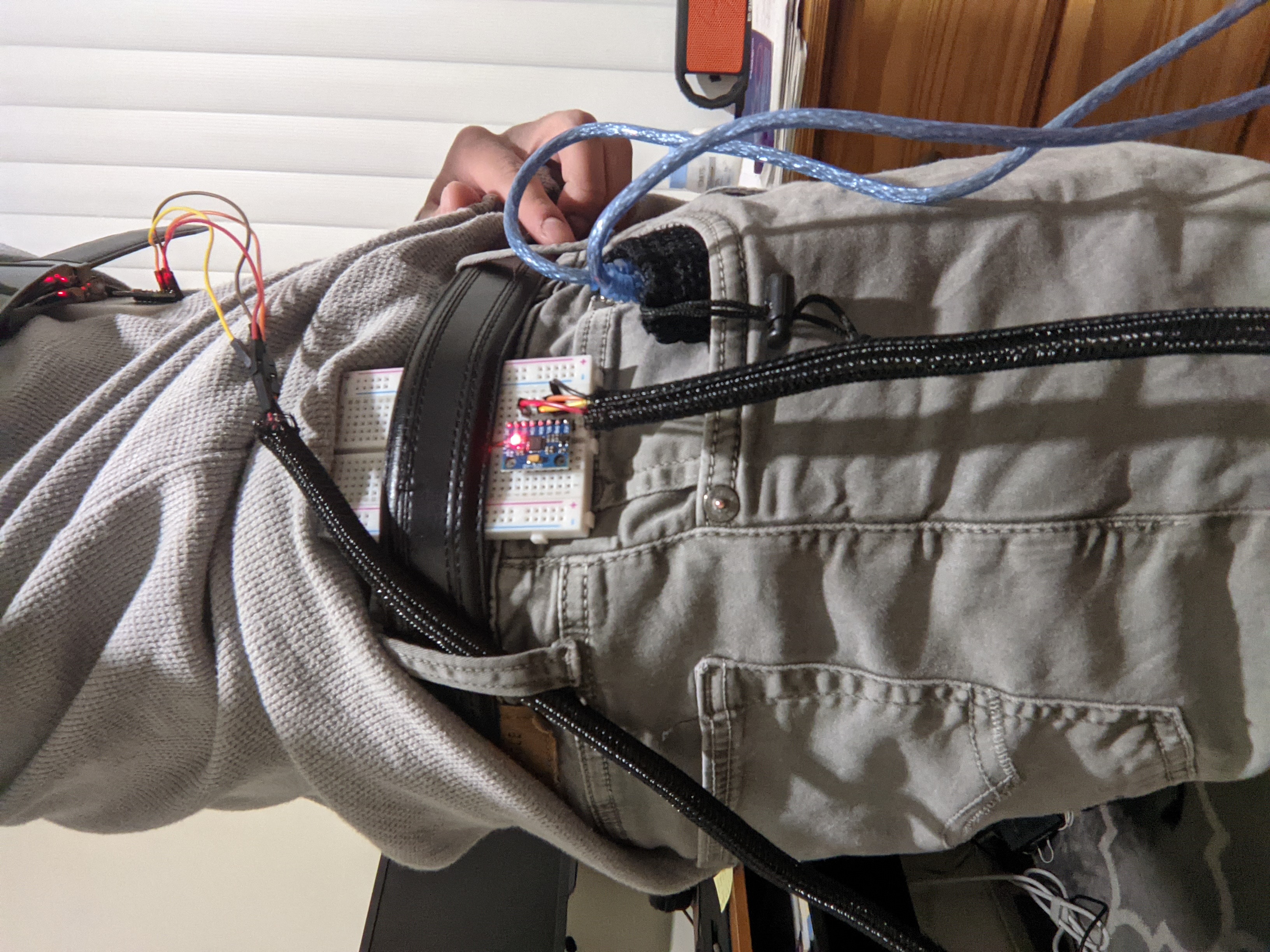Autonomous Locking Knee Brace Overview
This is my NYIT senior design project where I collaborated
with 3 other team members to design an autonomous locking knee brace.
The objective of the locking knee brace is to prevent leg injuries
in elderlies by locking the leg before falling. Due to stability concerns
when ubruptly locking the leg, a preset flexion is locked.
In that way, it prevents overbending and the user can self-adjust their leg
to a stable position when using their mobility aid.
The implementation uses the Random Forest machine learning algorithm with two push-pull solenoids to
establish the locking mechanism for the knee brace. The preset flexion
is unlocked after 5 seconds of consecutive non-fall readings. The autonomous locking knee brace
is dependent on the user's mobility aid to help regain their center of gravity.
The project is
preliminary and ongoing for future students.
Autonomous Locking Knee Brace Pictures
Autonomous Locking Knee Brace Video Demonstration
Fall Detection Accuracy and Confusion Matrix
The fall detection accuracy for my movements is 94.5% for a 300 ms sampling interval.
The 300 ms sampling interval gave the best fall detection accuracy for my movements.
The model uses 1000 training data for each label (falling and nonfalling) and 30 decision trees for each label.
Each decision tree has a depth of 10.
Below are two experimental results along with their confusion matrix.

Confusion Matrix
Setup
Setup and code can be found at my GitHub repository page here


